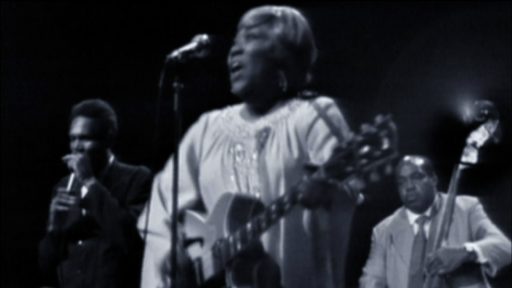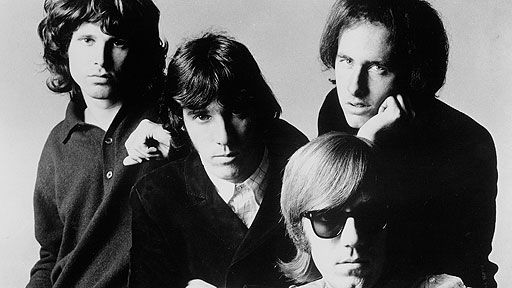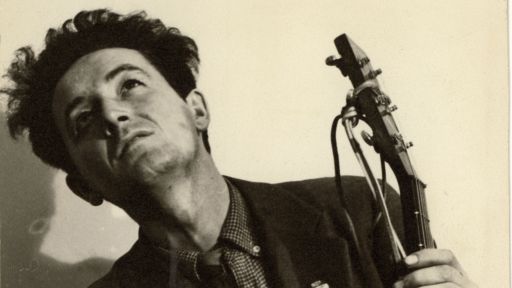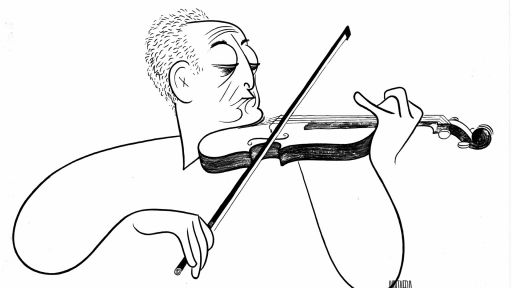Tom Manoff, Classical Music Critic of NPR’s ALL THINGS CONSIDERED on Joni Mitchell Excerpts from his book Music: A Living Language (WW Norton and Co, 1982)
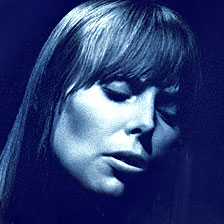 I want the full hyphen: folk-rock-country-jazz-classical, so finally when you get all the hyphens in, maybe they’ll drop them all, and get down to just some American music. -Joni Mitchell
I want the full hyphen: folk-rock-country-jazz-classical, so finally when you get all the hyphens in, maybe they’ll drop them all, and get down to just some American music. -Joni Mitchell
Although she is clearly a child of the great American popular tradition, there is no more serious artist on the contemporary scene than the composer-poet, Joni Mitchell. Her work, like that of Duke Ellington and Stevie Wonder, transcends the limits imposed by the terms “popular” and “serious.” Furthermore, her music-poetry is a remarkable example of the ever-present potential of ancient unity.
In Mitchell’s music, sophistication of melodic design, intertwined with word, rhythm, harmony, meaning, idea, tension, and release, function at the highest level of creativity. With the appearance of her first album, Joni Mitchell (1967), her impact was immediate. This was music hard to categorize: “popular,” yes; “folk,” yes; but it was more: There was a lean and haunting classicism in these songs. The melodies-graceful, elegant, strikingly original-were sung to gentle, carefully controlled guitar accompaniments, whose integrated role in the final result were not unlike the “simple” genius of the piano accompaniments to Schubert’s songs (Lied der Mignon, for example). All of this finely wrought musical craft supported dreamlike, romantic poems, almost childlike in their innocence. It was as if some ancient Anglo-Celtic singer in a modern guise had appeared on the twentieth-century American scene.
The innocence would not last. The remarkable and profound stylistic changes that Joni Mitchell has gone through are, in a real and poetic sense, a reliving of the journey of Western culture from the idealism of the classical-romantic tradition into the “darkness of our Modern age”. Joni Mitchell, whose original artistic vision rested squarely within that classic idealism found, as others have, a totally new energy in the Modern age that has nothing to do with either classicism or romanticism. Many poets, painters, writers, and composers have expressed a sense of alienation and discontinuity with an idealized past, while at the same time longing for it.
From Song to a Seagull to Hejira
Joni Mitchell’s first album Song to a Seagull was evidence of a musical style still connected to classical ideals of beauty. But even in this “perfect” musical-poetic world, the road to a more “dangerous” realm was hinted at in songs like the title track Song to a Seagull. Romanticism lay the groundwork for the image of a personal quest for the infinite-the abandonment of restraints in order that the truth of the world might be known and captured in life and art. What happens when you pursue that idealized quest across the modern landscape? That is just what Joni Mitchell does later in her career with her album Hejira.
The drone of flying engines
Is a song so wild and blue
It scrambles time and seasons if it gets through to you
Then your life becomes a travelogue
Of picture-postcard-charms
Amelia, it was just a false alarm
-from the song Amelia, in the Hejira album
No simple description can do justice to a multilayered work of art. All we can do is to hint briefly at the richness of the music through two of the central pieces in the cycle, Amelia and Hejira (the title song). Amelia refers to none other than Amelia Earhart, the famous pilot-explorer who died in 1937. In the song-poem, she and Joni merge in a surrealist, mythical vision of flight. The music creates a hypnotic, “floating” background that never reaches home. At first listening, it seems to have a key center, until you try to sing it. Then you realize that she, in fact, moves it back and forth between two keys without ever settling into one. The effect of this harmonic design, coupled with the slow, gently swaying rhythms, seem to “open up into the sky.” Superimposed upon the basic structure are whining, “cool,” electric sounds, often dissonant, that haunt the musical background. The musical elements support a carefully balanced poetical structure. In each verse of six lines, the harmonic and rhythmic tension reach a maximum level in the third line, which causes the following three lines to come gently tumbling out in perfect acoustic symmetry.
A ghost of aviation
She was swallowed by the sky
Or by the sea, like me she had a dream to fly
Like Icarus ascending
On beautiful foolish arms
Amelia, it was just a false alarm
(fifth verse)
For the willing listener, Amelia evokes a totally contemporary experience of time, prompted and shaped by flight over the vast expanse of the modern world – a source of both confusion and revelation. This journey is clearly symbolic of Joni Mitchell’s personal journey. Just as the harmony never comes home, neither does the song offer any resolution other than the refrain: “Amelia, it was just a false alarm.”
The title song, Hejira, is certainly one of the Mitchell’s greatest song-poems. The music is subdued, cool. As Schubert might have suggested a brook running through the Viennese countryside in a piano accompaniment, the background of Hejira suggests the whirring of the modern age. Within this nonidealized musical environment, we are moved from the petty to the universal and back again.
It is difficult to categorize the musical style of Hejira. All of Joni’s previous explorations come together in a unified stylistic fabric. Joni Mitchell, like our age, is stylistically restless. As evidence, her next adventure was a collaboration with the great jazz artist, Charles Mingus (Mingus, 1979), an exploration into jazz that represented an entirely new direction for the artist.




